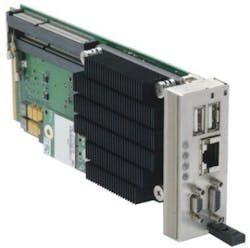DARPA chooses SAIC to develop next-generation intelligence-analysis system for Insight program
Today's U.S. intelligence systems generally connect intelligence sources to tactical operations centers manually by chat-based operator interaction. This can limit analysts' ability to deal with fast-moving and rapidly changing threats, which often require analysts to react within seconds.
Instead, the DARPA Insight program seeks to develop integrated human/machine reasoning into intelligence equipment to encompass operator knowledge and reasoning when dealing quickly with complex data from many different sensors. SAIC experts will concentrate on these areas in building the Insight next-generation ISR analysis system.
SAIC experts will build model-based behavioral correlation, modeling, prediction, and threat network analysis tools that combine intelligence information across many different sources automatically to improve the efficiencies of multi-intelligence sensors. The company also will develop a unified data-management and processing environment that integrates new intelligence sensors and software algorithms.
For the DARPA Insight program, SAIC also will develop the Insight Test Bed to help evaluate intelligence analysis approaches. For more information contact DARPA online at www.darpa.mil, or SAIC at www.saic.com.
